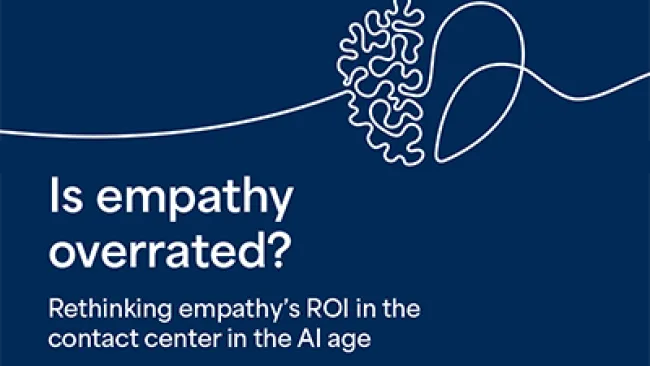Mobile has forever transformed the way we communicate. Because consumers are less receptive to direct selling as they once were, mobile apps now provide financial firms with an innovative way to cultivate loyal relationships without ever exchanging a single dollar.
Over the past few years, financial firms have come to comprehend the significance of an effective mobile strategy, particularly with regard to customer engagement. Most have since implemented initiatives that allow them to gain better understanding of the customer journey and to offer a branding experience that mirrors the given company’s website. Yet, as mobile usage continues to expand, offering a mobile-optimized version of financial firms’ websites isn’t enough; they’ll also need to realign their efforts to coincide with emerging consumer behaviors.
Instead, the financial services industry’s next generation of mobile customer engagement will focus on merging the human element with the app experience. The goal: to develop interaction hubs that act as mobile offices or branches. Here are two ways mobile apps will change customer engagement in the financial services industry:
Embedded technology will enable personalization
In this new era, personalization will serve as the key differentiator in an environment devoted to service, as all customers crave human connection. Financial firms will actively work to incorporate technologies, such as voice and video, directly within their mobile applications to create living apps that move beyond the robotic norm customary today. Such tools will allow firms to create seamless customer experiences by enabling users to switch between channels directly in-app. Behavioral data also affords firms the ability to tailor their service response to the specific actions of the given user. This approach will further advance loyalty growth and trust in the provider.
This new usage of technologies in mobile apps will also generate an onslaught of rich data that can help firms personalize products and offers down the road.
Apps will find new ways to cultivate value without selling
Many financial firms will use mobile applications to expand their typical reach by offering something of value for free. Firms may also launch apps that appeal to prospects without the promise of selling in order to provide unique exposure into the way they operate. Such app strategies can further brand recognition and trust. For instance, car insurance providers may offer an app that monitors driving habits, supplies tips for better fuel economy, and helps find used cars, cultivating value around the fringe of the brand that resonates with prospective and current customers alike.
Essentially, many financial institutions will stop selling in the traditional sense by offering value to anyone without pushing the brand itself. Free advice and resources will build better relationships, thereby cultivating an underlying loyalty to the given financial firm. Organizations will act as caretakers by working to establish trust above all else, engaging in conversations that will change how consumers perceive the brand. Coaching consumers via mobile and beyond will ultimately develop into a different sort of selling, for such interactions will sow the seeds for growing emotional connections that lead to higher conversion rates.
Consumers don’t want to be force-fed. They want advice and assistance without having to choke down some sales proposition first. Today, consumers crave human connection—they seek personalization and engagement. That means firms must communicate with mobile users immediately through apps they deem valuable. This builds loyalty and trust that consumers crave, making it easier to talk to them again and extend relationships. Critics may complain that the mobile generation is always looking down, but for the financial services industry, the market is unquestionably looking up.
Also, check out the most recent issue of our eNewsletter.
Forecasting Financial Services’ Next Generation of Mobile Customer Engagement















